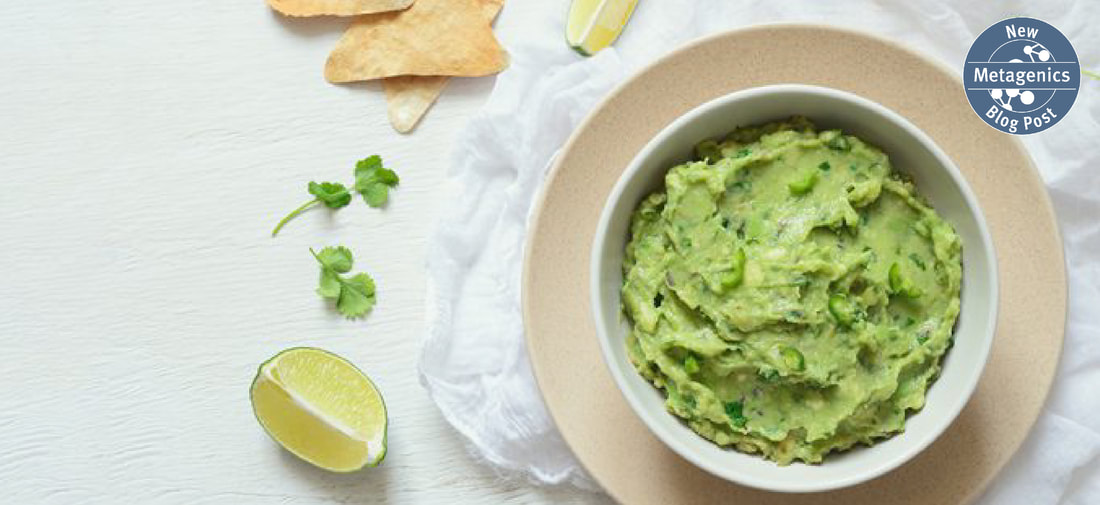|
Add These Detoxifying Foods to Your Shopping List
Detox is a hot topic nowadays. Many detox programs promise to cleanse your body harmful compounds, and others tout weight loss and additional health benefits. Unfortunately, many of these detox methods involve a major dietary overhaul or giving up solid foods altogether, which may actually be harmful to your body.1 Because your body is in constant detox mode, you can encourage this process, correctly and effectively, by simply eating the right foods. Scientific research has found that the nutrients, enzymes, and antioxidants found in certain whole foods can help support the liver’s detoxification pathways, prevent the buildup of toxins, and support overall health.2-4 Chemicals and toxins are everywhere, but your body is built to fight back. Here are six of your top nutritional allies: 1. Cruciferous vegetables & leafy greens Spinach, broccoli, and Brussels sprouts are among the folate- and chlorophyll-richgreens that support the body’s detoxification process by helping to detoxifythe blood and cleanse the intestines.2,4-7 All the more reason to go green! Broccoli deserves some special attention for its high concentrations of glucoraphanin, which is converted in the body to sulforaphane—an active compound associated with many positive health benefits, including its role in inducing phase II detoxification enzymes and support for overall liver health.8-10 2. Turmeric Used in many anti-inflammatory and detoxifying recipes, turmeric contains a powerful substance called curcumin, a polyphenol with anti-inflammatory and antibacterial properties. Science has found curcumin to play a role in modulating cellular response to oxidative stress—demonstrating hepaprotective and therapeutic effects on liver health.11,12 3. Sesame Commonly used in bread products, oils, and dressings, sesame is flowering plant that maybe beneficial for detox. Sulfur-containing amino acids methionine and cysteine—both of which are found at high levels in sesame—are precursors to the production ofglutathione, a key antioxidant in the detoxification process.4 4. Beets These pretty-colored veggies contain betanin, which can help repair liver cells and help support detoxification processes in the liver.13,14 It’s also great for digestion. Tell toxic chemicals to “beet” it! 5. Guacamole No party spread is complete without it! Avocado has high concentrations of the antioxidant glutathione, which has been found to neutralize free radicals to support and protect the liver—i.e., your detoxification powerhouse.4,15,16 Why guacamole? Avocado in this form often uses other healthful ingredients, like cilantro. Also known as coriander, cilantro contains oils with antibacterial, antifungal, and antioxidative properties.17 Pass the guac, please. 6. Garlic Alongside its knack for warding off vampires, garlic may be beneficial for clearing out toxins. The sulfur-containing compound allicin, which gives garlic its unique and strong-smelling aroma, may enhance antioxidation and detoxification capabilities18,19 and has also demonstrated hepatoprotective effects against heavy metals in the liver.20 Incorporating more of these foods into your diet can help support detox processes. Add them to your shopping list today! References: 1. National Institutes of Health. National Center for Complementary and Integrative Health. https://nccih.nih.gov/health/detoxes-cleanses. Accessed November 15, 2018. 2. Guan YS. Evid Based Complement Alternat Med. 2015;2015:824185. 3. V Marco. Int J Food Sci Nutr. 2011;63 Suppl 1(S1):82-89. 4. Hodges RE. J Nutr Metab. 2015;2015:760689. 5. Suparmi S. J Toxicol. 2016;2016:8515089. 6. https://www.healthline.com/health/liquid-chlorophyll-benefits-risks. Accessed November 15, 2018. 7. Welzel TM. Cancer Epidemiol Biomarkers Prev. 2007;16(6):1279-1282. 8. Kikuchi M. World J Gastroenterol. 2015;21(43):12457–12467. 9. Yoshida K. World J Gastroenterol. 2015;21(35):10091–10103. 10. Glade MJ. Nutrition. 2015;31(9):1175-1178. 11. 2018;10(7):E855. 12. García-Niño WR. Food Chem Toxicol. 2014;69:182-201. 13. Krajka-Kuźniak V. Br J Nutr. 2013;110(12):2138-2149. 14. Clifford T. Nutrients. 2015;7(4):2801–2822. 15. Kaplowitz N. Yale J Biol Med. 1981;54(6):497–502. 16. Sacco R. Minerva Gastroenterol Dietol. 2016;62(4):316-324. 17. Mandal S. Asian Pac J Trop Biomed. 2015;5(6):421-428. 18. Bayan L. Avicenna J Phytomed. 2014;4(1):1–14. 19. Wu CC. J Tradit Complement Med. 2012;2(4):323–330. 20. Nwokocha CR. Food Chem Toxicol. 2012;50(2):222-226. Submitted by the Metagenics Marketing Team
1 Comment
|
Categories
All
Archives
April 2024
|
|
Join Our Community
|
|
Amipro Disclaimer:
Certain persons, considered experts, may disagree with one or more of the foregoing statements, but the same are deemed, nevertheless, to be based on sound and reliable authority. No such statements shall be construed as a claim or representation as to Metagenics products, that they are offered for the diagnosis, cure, mitigation, treatment or prevention of any disease. |



 RSS Feed
RSS Feed